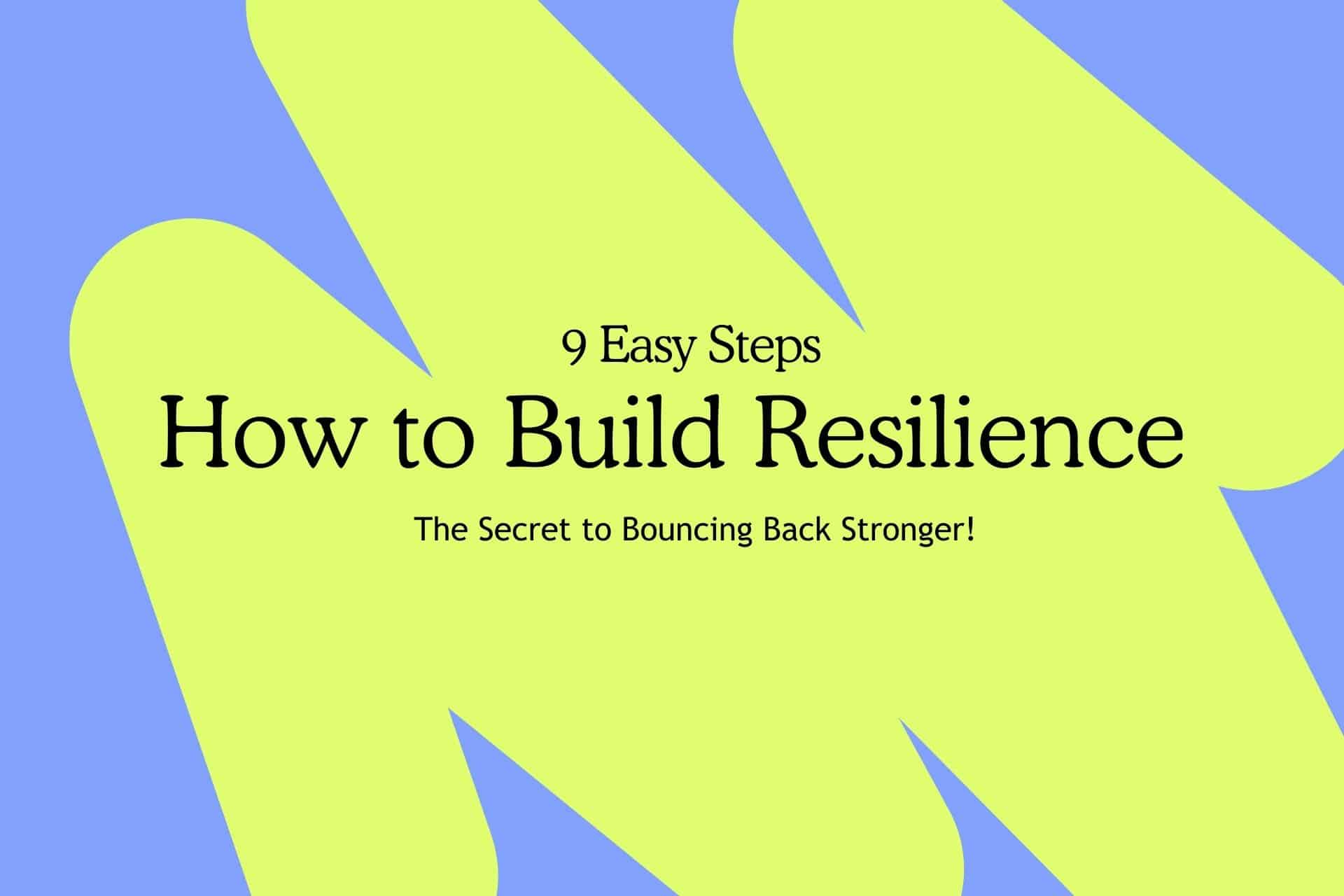The Secret to Bouncing Back Stronger!
Welcome to your guide on how to build resilience, a journey every woman can embark on with confidence. In a world that often feels like spinning too fast, it’s natural to feel overwhelmed or uncertain.
We’ve all been there, facing challenges that test our strength and resolve. But here’s the uplifting news: resilience isn’t a trait you’re born with; it’s a skill you can cultivate. We’re here as guides and fellow travelers who have navigated rough waters and learned to stay afloat.
This article is a treasure trove of insights, strategies, and real-life stories designed to empower you to build resilience. Whether you’re facing personal hurdles, professional challenges, or simply seeking to strengthen your mental fortitude, you’re in the right place.
So, let’s embark on this empowering journey together as you discover practical and transformative ways to build your resilience and embrace life’s ups and downs with newfound strength and grace. Keep reading to uncover the resilient power within you.
Let’s get started!
Here's What You Will Find

Key Takeaways
How to Build Resilience
Resilience is a Skill You Can Develop: No matter your starting point, you can strengthen your resilience through practice and intention.
Positive Mindset and Emotional Intelligence are Key: Cultivating a positive outlook and understanding your emotions are vital to building resilience.
Support Networks Matter: Surrounding yourself with a supportive community is not just comforting; it’s a crucial component of resilience.
Small Steps Lead to Big Changes: Remember, resilience grows over time through consistent, small actions and shifts in perspective.

Understanding the Core Elements of Resilience
Understanding how to build resilience effectively is crucial in navigating life’s challenges. It involves familiarizing yourself with its core elements, which are foundational building blocks. When combined and strengthened, these elements form a robust framework that allows you to withstand life’s varied pressures and thrive in the face of them.
Building resilience is more than just enduring tough times; it’s about developing the skills and attitudes that enable you to emerge stronger and more adaptable from each experience. By focusing on these essential elements, you’ll be well-equipped to cultivate a resilient mindset and approach life’s challenges with confidence and poise.

Emotional Intelligence
At the heart of resilience lies emotional intelligence (EI) – the ability to identify, understand, and manage your emotions and those of others. High EI is a common trait among resilient individuals. They can navigate the emotional complexities of a challenge without losing their balance.
Flexibility and Adaptability
Life is unpredictable, and flexibility is key to resilience. It’s about being like bamboo, which bends in the storm but doesn’t break. This means being open to change and adjusting your strategies as situations evolve.
Social Support and Community
No woman is an island. A supportive network – friends, family, or a wider community – plays a pivotal role in resilience. It’s not just about having people to lean on; it’s about feeling connected and valued as a resilience booster.
How These Elements Contribute to Resilience
Together, these elements create a synergy that enhances resilience. Emotional intelligence helps you process and express your feelings healthily, flexibility allows you to adapt to changing circumstances, and a strong support network provides the external resources you need to bounce back from challenges.
How to Build Resilience Effectively
A Step-by-Step Guide for Personal Empowerment
Building resilience is a transformative journey involving honing mental, emotional, and social skills crucial for navigating life’s ups and downs. Understanding how to build resilience effectively is not just about bouncing back from challenges; it’s about growing stronger through them and emerging more capable and confident.
This detailed step-by-step guide on how to build resilience will equip you with the strategies and insights to foster this invaluable skill. From cultivating a positive mindset to enhancing your emotional intelligence and building robust support networks, each step is designed to fortify your resilience, ensuring you’re prepared to meet life’s challenges with grace and determination.

Step 1: Cultivate Self-Awareness
Begin your resilience-building journey by developing a deep understanding of your thoughts, emotions, and reactions. This self-awareness is the foundation of your resilience
Reflect on Your Responses
Regularly reflect on how you respond to stress and adversity. Are your responses helping or hindering your resilience?
Journal Your Thoughts and Feelings
Keeping a journal can help you understand your emotional patterns and triggers.
Seek Feedback
Sometimes, it’s helpful to get an external perspective. Ask trusted friends or family about how they see you handling challenges.
Step 2: Develop a Positive Mindset
Shift your perspective to view challenges as opportunities, fostering optimism and resilience in the face of adversity.
Practice Positive Self-Talk
Replace negative thoughts with positive affirmations. For instance, instead of thinking, “I always mess things up,” tell yourself, “I learn from my mistakes.”
Embrace Challenges as Opportunities
View difficulties as chances to grow and learn rather than insurmountable obstacles.
Maintain a Gratitude Practice
Daily gratitude can shift your focus from what’s going wrong to what’s going right.
Step 3: Build Emotional Intelligence
Enhancing your ability to recognize, understand, and manage your emotions is key to strengthening resilience.
Learn to Identify and Name Emotions
Recognizing your emotions effectively is the first step in managing them.
Practice Empathy
Try to understand and share the feelings of others. This can be done through active listening and putting yourself in others’ shoes.
Develop Coping Strategies
Find healthy ways to deal with strong emotions, like deep breathing, meditation, or talking to a supportive friend.
Step 4: Strengthen Social Connections
Forge and nurture meaningful relationships to create a supportive network for building resilience.
Nurture Relationships
Invest time and energy in building strong relationships with family, friends, and colleagues.
Seek Support When Needed
Don’t be afraid to ask for help during tough times. Supportive relationships are key to resilience.
Be a Supportive Connection for Others
Offering support can also strengthen your resilience.
Step 5: Embrace Flexibility
Adapt to change and embrace new perspectives, enhancing your resilience in dynamic environments.
Adapt to Change
Be open to new ways of thinking and doing things. Resilient people often find that change, though challenging, can lead to positive outcomes.
Be Proactive
Rather than waiting for problems to arise, anticipate potential challenges and work on solutions.
Step 6: Practice Self-Care
Prioritize your well-being through healthy habits and boundaries, a vital component of sustaining resilience.
Prioritize Your Physical Health
Regular exercise, a healthy diet, and adequate sleep are essential for resilience.
Set Boundaries
Learn to say no to demands that are too stressful or time-consuming.
Engage in Relaxation Techniques
Techniques like yoga, meditation, or simple breathing exercises can reduce stress and improve mental clarity.
Step 7: Learn from Setbacks
View challenges as valuable learning experiences, using them to refine your strategies and strengthen your resilience.
Reflect on Past Experiences
Consider what past challenges have taught you. What strengths did you discover? What can you do differently next time?
Stay Solution-Focused
Instead of dwelling on problems, focus on finding solutions.
Step 8: Set Realistic Goals and Take Action
Establish achievable objectives and actively work towards them, a proactive approach to building resilience.
Set Clear, Achievable Goals
Break your goals into small, manageable steps.
Take Action
Resilience is built through taking action, even if it’s small steps.
Evaluate and Adjust
Regularly assess your progress and be willing to make changes as needed.
Step 9: Review and Adjust
Continuously evaluate and modify your resilience strategies, ensuring they align with your evolving needs and experiences.
Regular Self-Reflection
Periodically take time to reflect on your resilience journey. What strategies are working well for you? What challenges are you still facing?
Seek Constructive Feedback
Talk to people you trust about your progress. They can provide valuable insights and perspectives on your growth and areas for improvement.
Be Open to Change
Don’t hesitate to adjust if certain approaches or strategies aren’t working as expected. Flexibility is a key component of resilience.
Celebrate Growth, Learn from Challenges
Acknowledge the progress you’ve made in building resilience. At the same time, view any setbacks as learning opportunities and use them to fine-tune your approach.
Set New Goals as Needed
As you grow and your circumstances change, set new resilience-building goals to continue your development.
By following these steps, you can build and strengthen your resilience. Remember, resilience is not about never facing challenges but how you deal with them. Each step you take is a part of your journey towards becoming a stronger, more resilient person.
Incorporating these strategies into your daily routine is fundamental to learning how to build resilience. It’s important to remember that resilience is not a fixed state but a continuous journey of growth and adaptation. By developing a positive mindset and enhancing your emotional intelligence, you’ll gradually equip yourself with the tools to navigate life’s challenges with grace and strength.
The Importance of Self-Care and Boundaries
Self-care is crucial for resilience. It means permitting yourself to rest, setting boundaries, and engaging in activities that replenish your energy. This might include hobbies, exercise, or simply saying no to overwhelming commitments.
Building and Leveraging a Support Network
Cultivating a support network is about more than just having people around. It’s about building meaningful relationships. This can be achieved through community involvement, maintaining friendships, and seeking mentorship or professional support when necessary.
Building Resilience in the Workplace
How to Build Resilience at Work
Navigating the professional landscape can sometimes feel like sailing in stormy seas. To stay afloat and thrive, building resilience at work is key.
Here are some practical tips to enhance your resilience in the workplace:
Set Realistic Goals
Break down your work tasks into achievable goals. This helps in managing workload stress and gives you a sense of accomplishment.
Develop Strong Relationships
Cultivate a supportive network among colleagues. Having people to share successes and challenges with can significantly boost your resilience at work.
Embrace Challenges as Learning Opportunities
View workplace challenges as chances to grow. Each obstacle overcome is a step forward in your professional development.
Practice Assertive Communication
Express your needs and boundaries clearly. This not only aids in reducing misunderstandings but also fosters a respectful work environment.
Prioritize Self-Care
Don’t let work consume you. Ensure you balance by taking breaks, eating healthily, and disconnecting from work outside office hours.
Seek Feedback and Grow
Regular feedback can provide valuable insights into your performance and areas for improvement. Embrace it with an open mind and use it to build your skills.
Stay Flexible and Adaptable
The workplace is ever-changing. Adaptability to new situations, roles, or organizational changes can make you a valuable asset and enhance your resilience.
Focus on Solutions, Not Problems
When faced with a problem, channel your energy towards finding solutions rather than fixating on the issue.
Celebrate Your Successes
Recognize and celebrate your achievements, no matter how small. This reinforces positive behavior and builds confidence.
By incorporating these strategies into your work life, you can build resilience that benefits your professional career and contributes to your overall well-being.
Overcoming Common Obstacles
Identifying and Addressing Personal Barriers
Personal barriers to resilience can include negative self-beliefs, fear of failure, or inability to manage stress effectively. Overcoming these barriers requires self-reflection, possibly seeking feedback from trusted individuals, and sometimes professional guidance.
Coping with Failure and Setbacks
Viewing failures as learning opportunities is a hallmark of resilience. Techniques like cognitive restructuring, which involves changing negative thought patterns, can be helpful. Remember, every setback is a setup for a comeback.
Balancing Resilience with Vulnerability
Being resilient doesn’t mean you can’t be vulnerable. Acknowledging and expressing vulnerability can be a strength. It allows for authentic connections with others and can be a powerful tool for personal growth.
The Intersection of Resilience and Work-Life Balance
Strategies for Maintaining Resilience in a Busy Life
Balancing a hectic schedule with personal well-being is a modern-day challenge for many women. To maintain resilience amidst this, time management is key. Prioritizing tasks, setting realistic goals, and learning to delegate can alleviate stress and enhance focus. Integrating regular breaks and relaxation techniques into your daily routine is important to recharge your mental batteries.
Case Studies: Resilience in the Workplace and at Home
Consider the story of a working mother who successfully navigated her career while raising children. Her secret? She set clear boundaries between work and home life, sought support when needed, and practiced self-care regularly. She didn’t strive for perfection in every aspect but aimed for a balanced approach that kept her resilient.
Another example is a female entrepreneur who faced initial business failures. She used these experiences to reassess her strategies, sought advice from mentors, and learned to balance her professional ambition with personal health. Her resilience was built on adaptability and a strong support network.
Tips for Juggling Responsibilities While Staying Resilient
Discover how to balance your daily tasks effectively and maintain resilience, ensuring you thrive under various pressures.
Schedule ‘me-time’ just as you would a business meeting.
Learn to say no without guilt to maintain boundaries.
Stay connected with friends and family who uplift you.
Embrace flexibility in both your personal and professional life.
Personal Stories of Resilience
Inspirational Real-Life Examples
Real-life stories often speak louder than theoretical concepts. Consider J.K. Rowling, who, before becoming the author of the world-renowned Harry Potter series, faced rejections, financial struggles, and personal setbacks. Her journey from a struggling single mother to a bestselling author exemplifies resilience.
What made the difference? Her unwavering commitment to her dream, her ability to manage and channel her emotions into her writing, and the support of those who believed in her work.
Or take the story of Malala Yousafzai, a young woman who stood up for education rights and faced life-threatening challenges. Her resilience is rooted in her conviction, ability to adapt to new circumstances (including international recognition and activism), and the global community that rallied around her cause.
Lessons Learned from These Stories
These stories teach us that resilience is not about the absence of difficulty but the response to it.
Key takeaways include:
Persistence in the face of rejection and failure.
Emotional strength to process and move beyond trauma.
The power of a supportive community in the healing and growth process.
How These Women Overcame Their Challenges
Rowling and Yousafzai had a clear sense of purpose, which fueled their resilience. They also practiced self-care, seeking help when needed, and utilized their support networks effectively. Their stories remind us that resilience can take time to build – it’s a journey, not a sprint.
What Does Science Say About Resilience?
Understanding Resilience from a Psychological Perspective
Resilience, a term that often buzzes around in self-help books and motivational speeches, is more than just a trendy concept. It’s a well-researched psychological construct that experts define as the ability to bounce back from adversity, trauma, tragedy, threats, or significant sources of stress. It’s like having an emotional immune system that helps you recover from inevitable setbacks.
Psychological studies have consistently highlighted resilience as a dynamic and multi-dimensional process. It’s not about donning a suit of emotional armor to deflect life’s challenges. Instead, it’s about adapting to adversity, trauma, tragedy, threats, or significant stress. This adaptation process involves emotional, mental, and physical dimensions, contributing to overall well-being.
Key Research Findings on Resilience
Research in positive psychology has shed light on some critical aspects of resilience. For instance, studies by renowned psychologists such as Dr. Martin Seligman emphasize the role of optimism in resilience. Optimistic individuals tend to view setbacks as temporary and external rather than permanent and personal failures, which aids in quicker recovery.
Another key finding is the role of resilience in stress management. Resilient individuals are better equipped to handle stress because they possess skills that enable them to modulate their emotional responses. They are more likely to approach a stressful situation with a problem-solving attitude rather than a helpless one.
The Role of Resilience in Mental Health
Resilience is closely tied to mental health. It doesn’t mean that resilient people never experience emotional distress, but they have a toolkit for coping effectively, which prevents them from spiraling into severe anxiety or depression.
A study published in the Journal of Abnormal Psychology found that resilience can act as a buffer against mental health conditions like depression and anxiety.
FAQs – Answering Your Questions on How to Build Resilience
Can resilience be learned, or is it an innate trait?
Resilience can be learned and developed. While some people might naturally have more resilient traits, it’s a skill that can be cultivated through practice and mindset changes.
How can I build resilience when I feel overwhelmed?
Start with small steps. Focus on self-care, seek support from your network, and try to view challenges as opportunities for growth. Remember, resilience is a journey, not a destination.
Are there any specific exercises to enhance resilience?
Mindfulness practices, cognitive reframing exercises, and resilience-building activities like journaling or engaging in hobbies can be effective.
How can I help my children or loved ones build resilience?
Encourage open communication, model resilient behaviors, and support them in facing challenges. Helping them build a support network and teaching them coping skills are also crucial.
Embracing Resilience: A Journey of Growth and Empowerment
As we reach the end of our exploration of how to build resilience, remember that this journey is as unique as you are. Each step towards fostering a positive mindset and enhancing your emotional intelligence is a stride toward a more resilient you. While the path may have twists and turns, the strength and growth you gain are invaluable.
We encourage you to share this journey with other women who might benefit from these insights. Let this be a shared voyage of empowerment and growth. If you found this article helpful, you might enjoy our other pieces that delve into similar personal development and well-being themes.
And remember, we are always here to support you. If you have any questions or need further guidance, please don’t hesitate to reach out. Your resilience is powerful; we are here to help you harness it.
More on Resilience
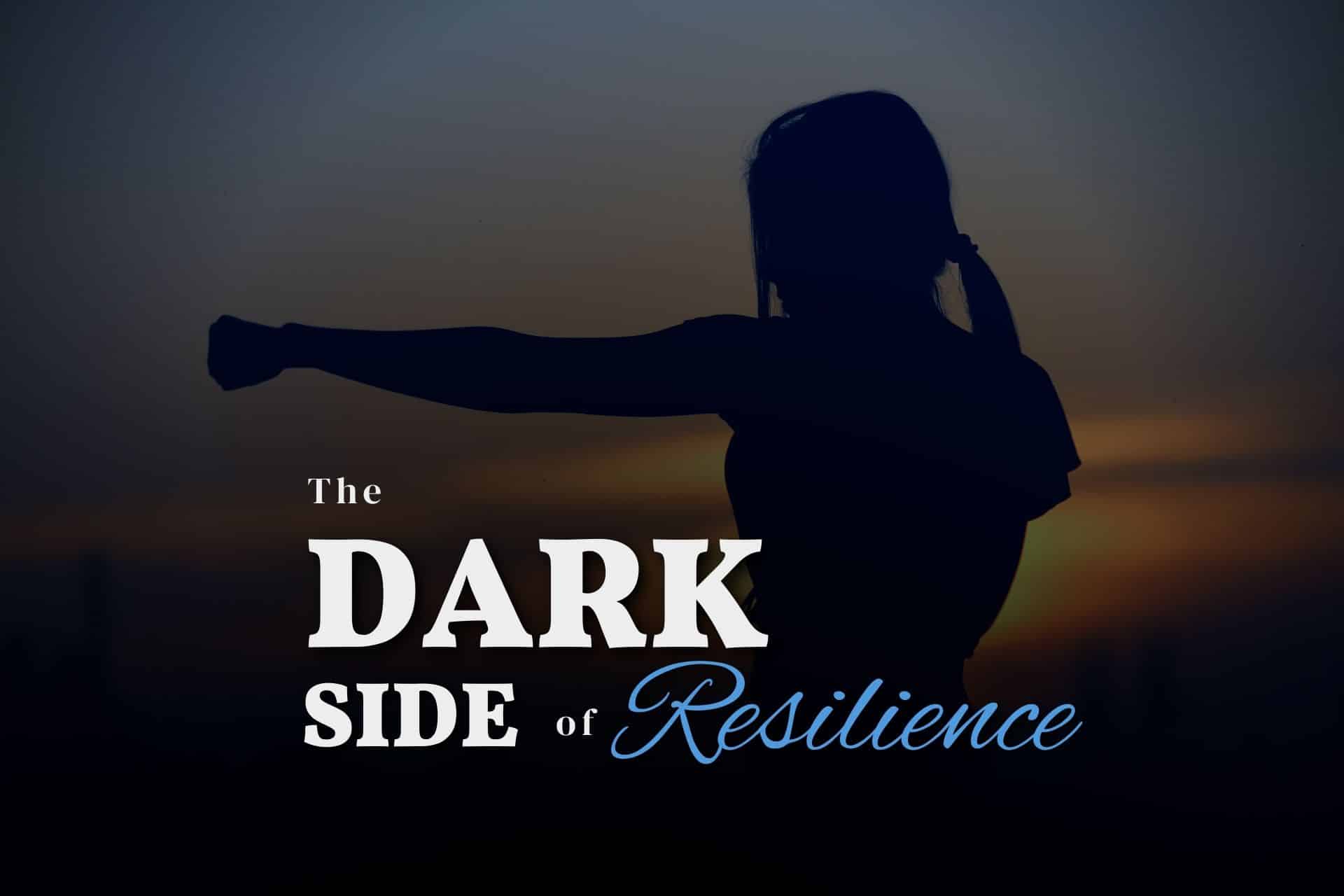
The Dark Side of Resilience: Are You Unknowingly Hurting Yourself?
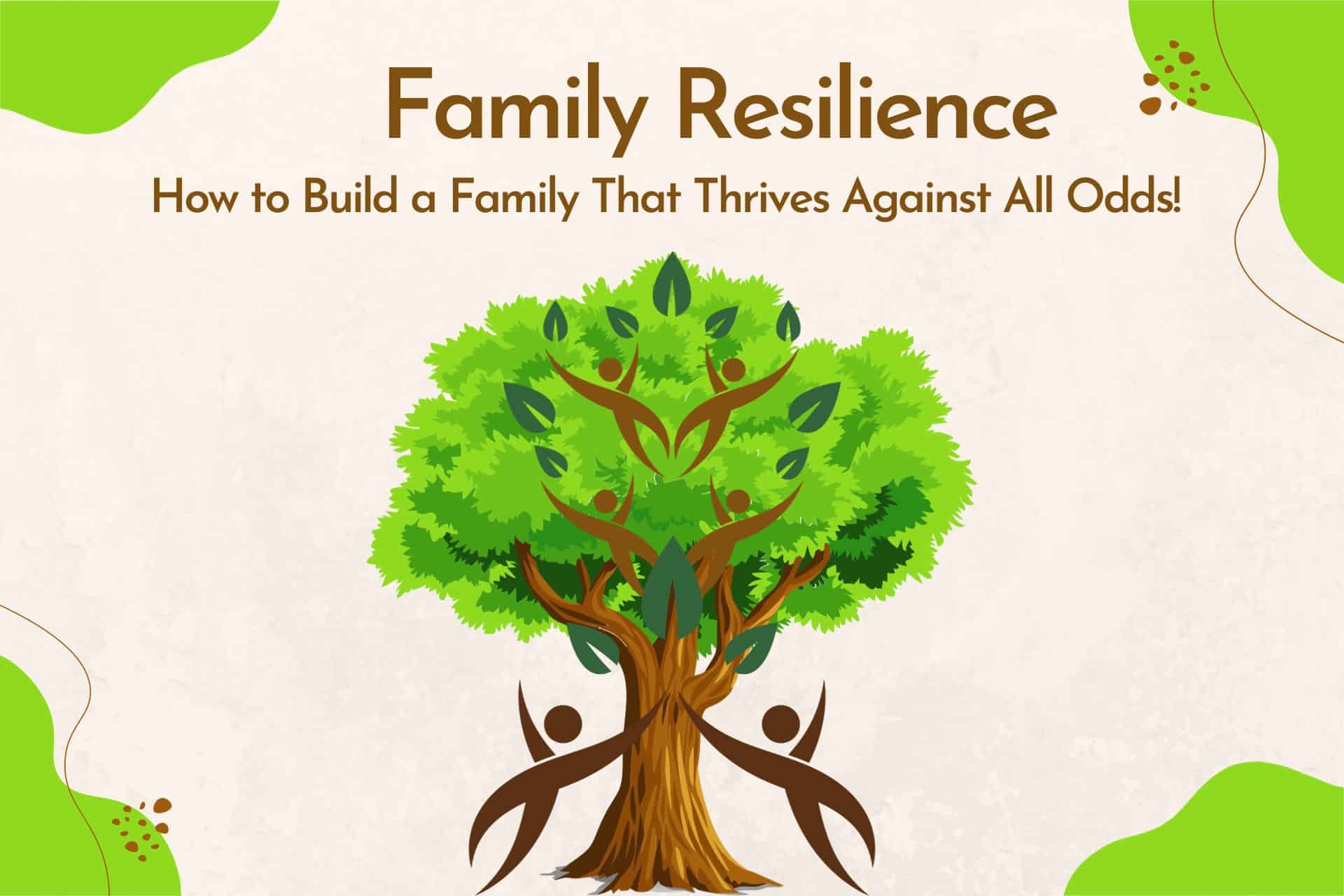
Family Resilience: How to Build a Family That Thrives Against All Odds!
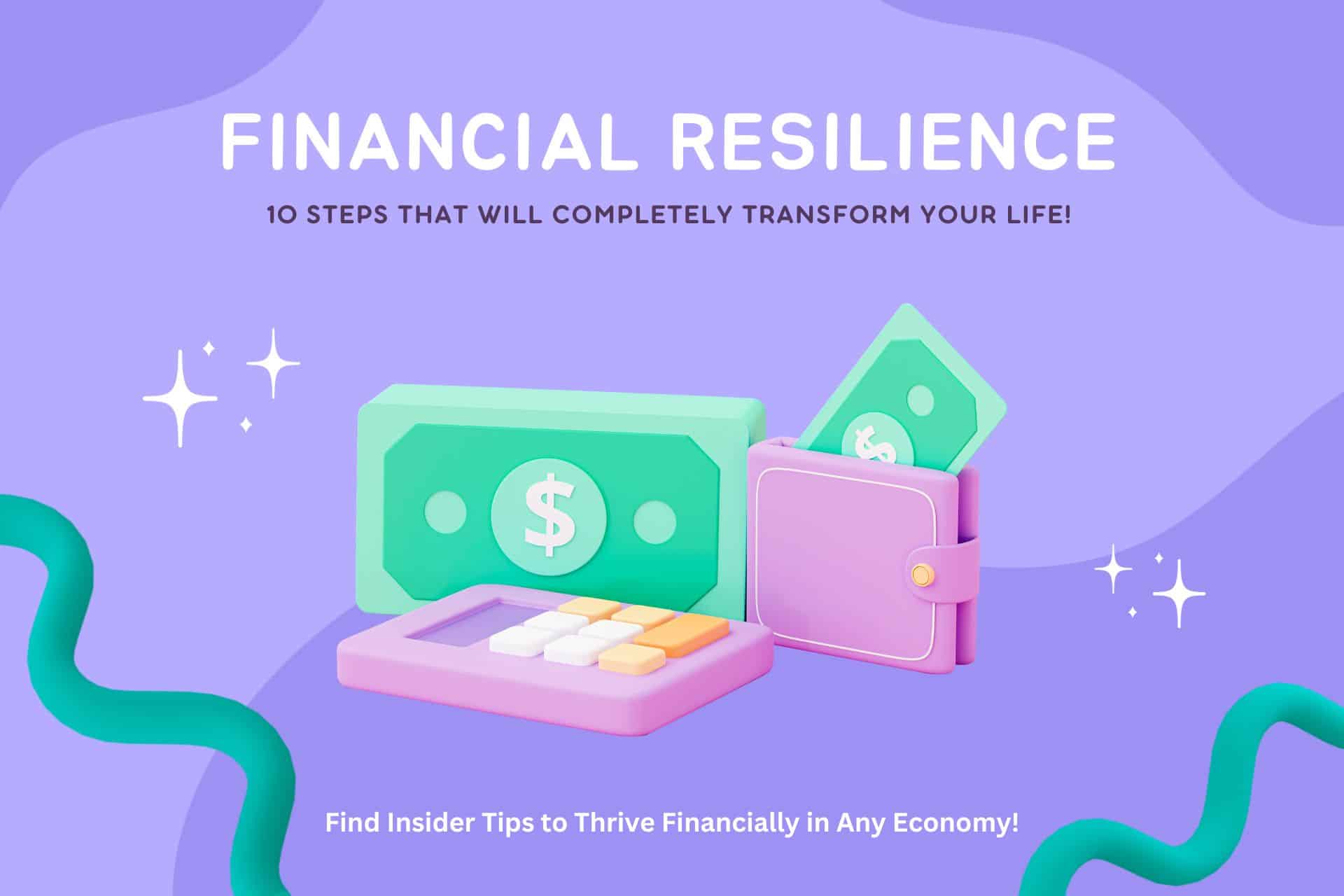
Financial Resilience: 10 Steps That Will Completely Transform Your Financial Life!
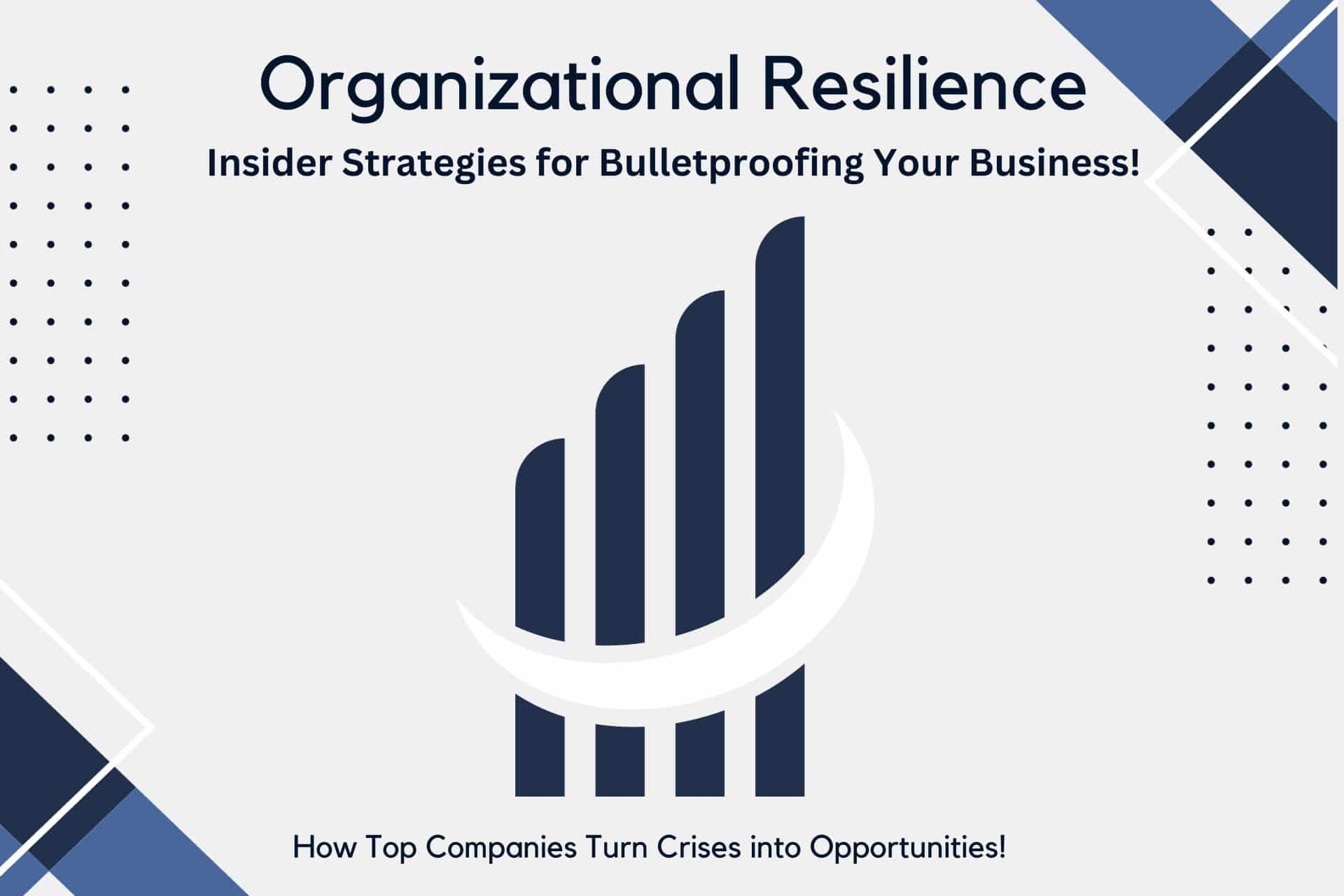
Mastering Organizational Resilience: 7 Insider Strategies for Bulletproofing Your Business!
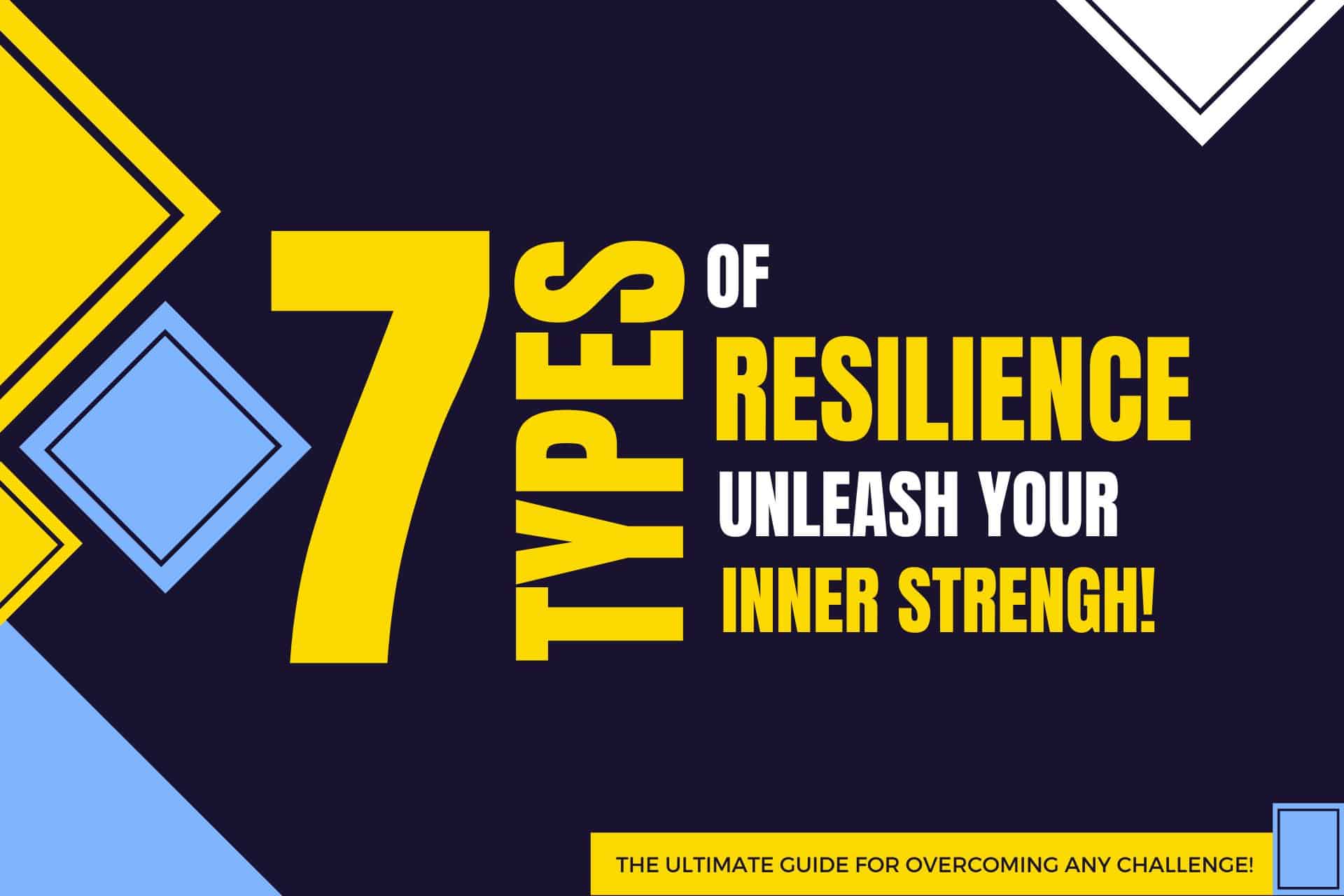
7 Types of Resilience: Secrets to Thriving in Work, Relationships, and Life!
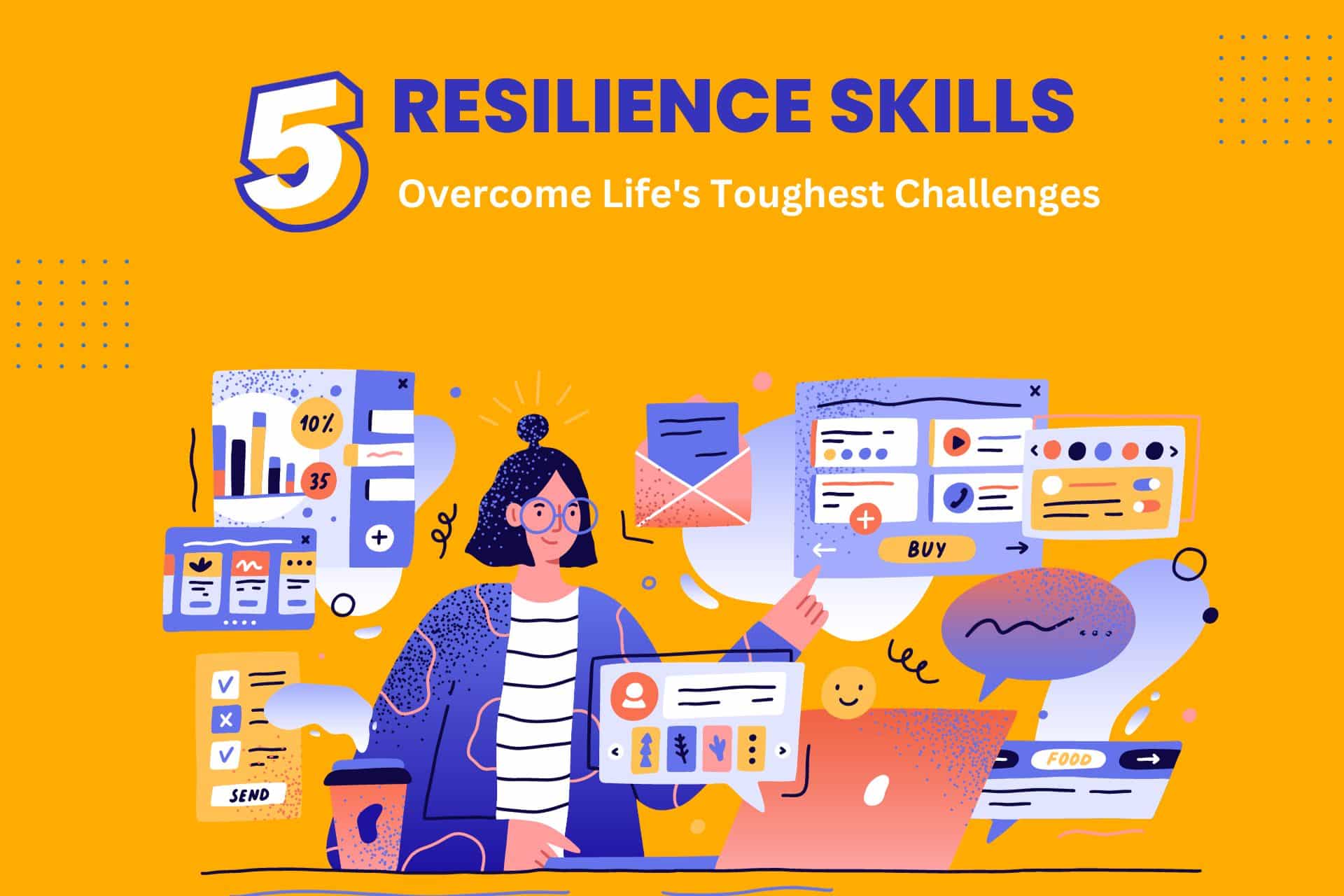
5 Resilience Skills for Overcoming Life’s Toughest Challenges
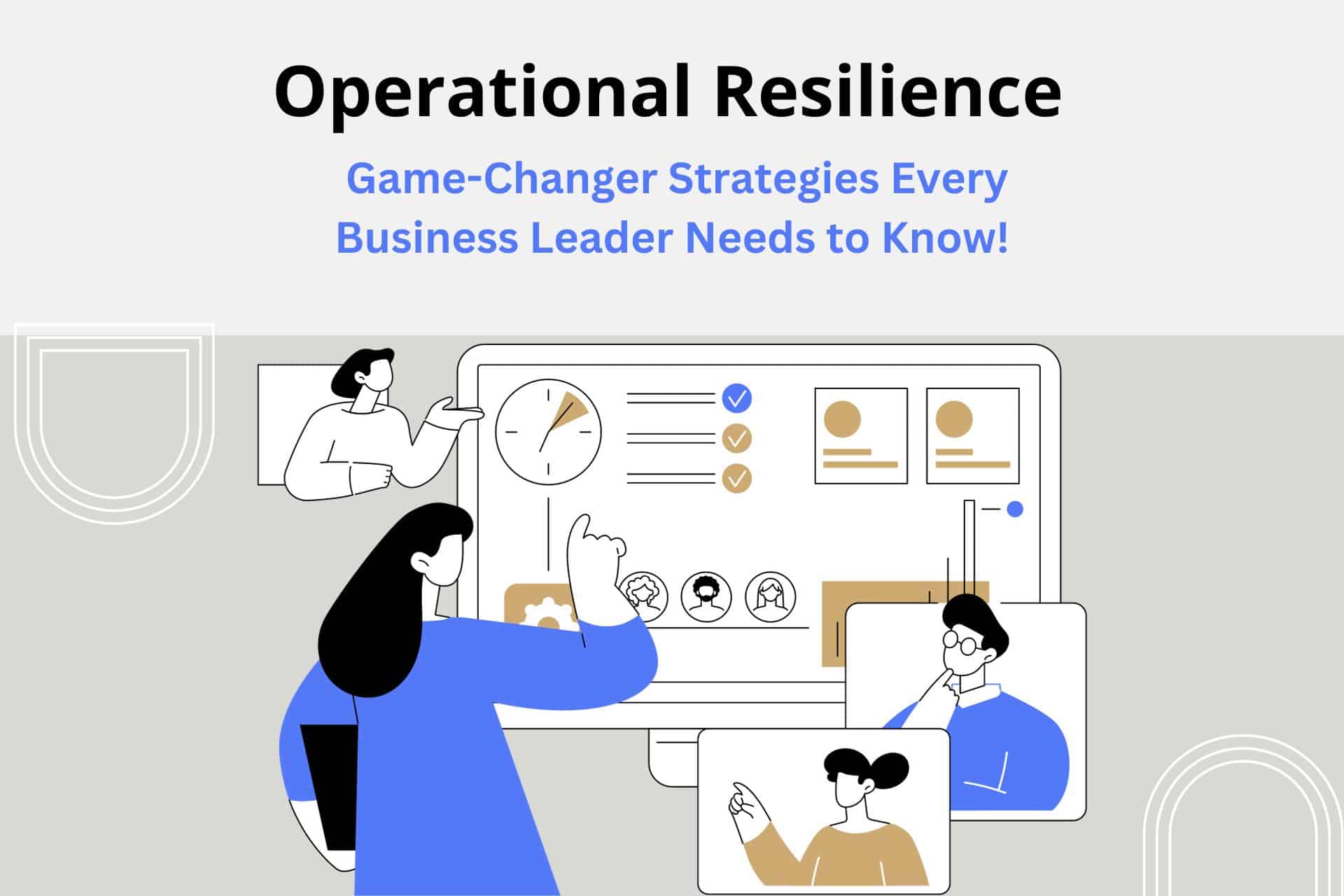
Operational Resilience: The Game-Changer Strategies Every Business Leader Needs to Know!
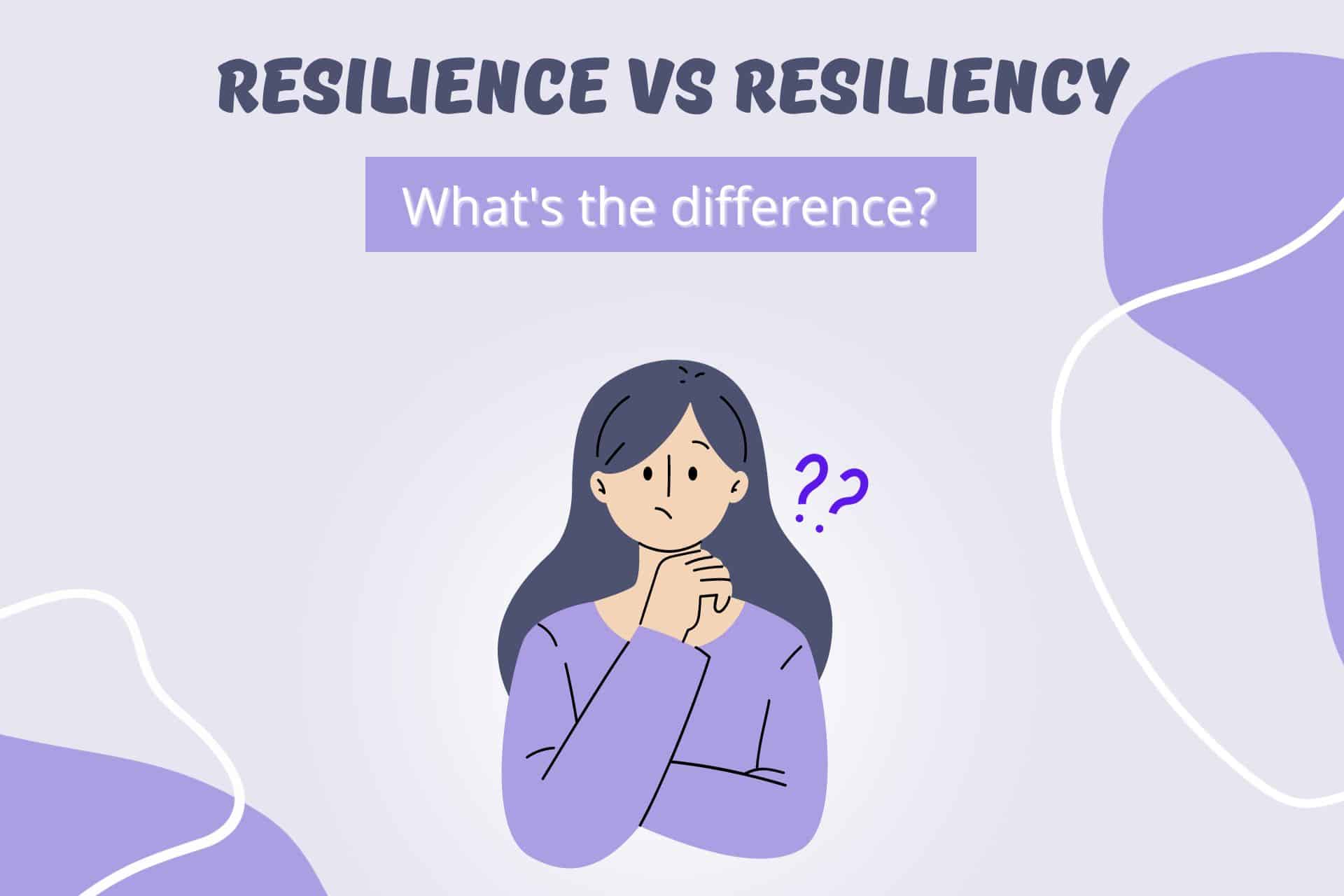
Resilience vs Resiliency: The Astonishing Insights That Will Change the Way You Face Adversity Forever!

Resilience Examples: 10 Unbelievable Stories of Women Who Turned Adversity into Triumph!
Related Articles
5 Disadvantages of Being a Woman in the Workplace: Insider Strategies to Turning Setbacks into Success!
Mastering Organizational Resilience: 7 Insider Strategies for Bulletproofing Your Business!
Entrepreneurship, Career Development
Operational Resilience: The Game-Changer Strategies Every Business Leader Needs to Know!
Career Development, Entrepreneurship
7 C’s of Resilience in the Workplace: Master These Skills and Watch Your Career Soar!
Emotional Resilience in the Workplace: Master the Art of Bouncing Back and Winning at Work!



